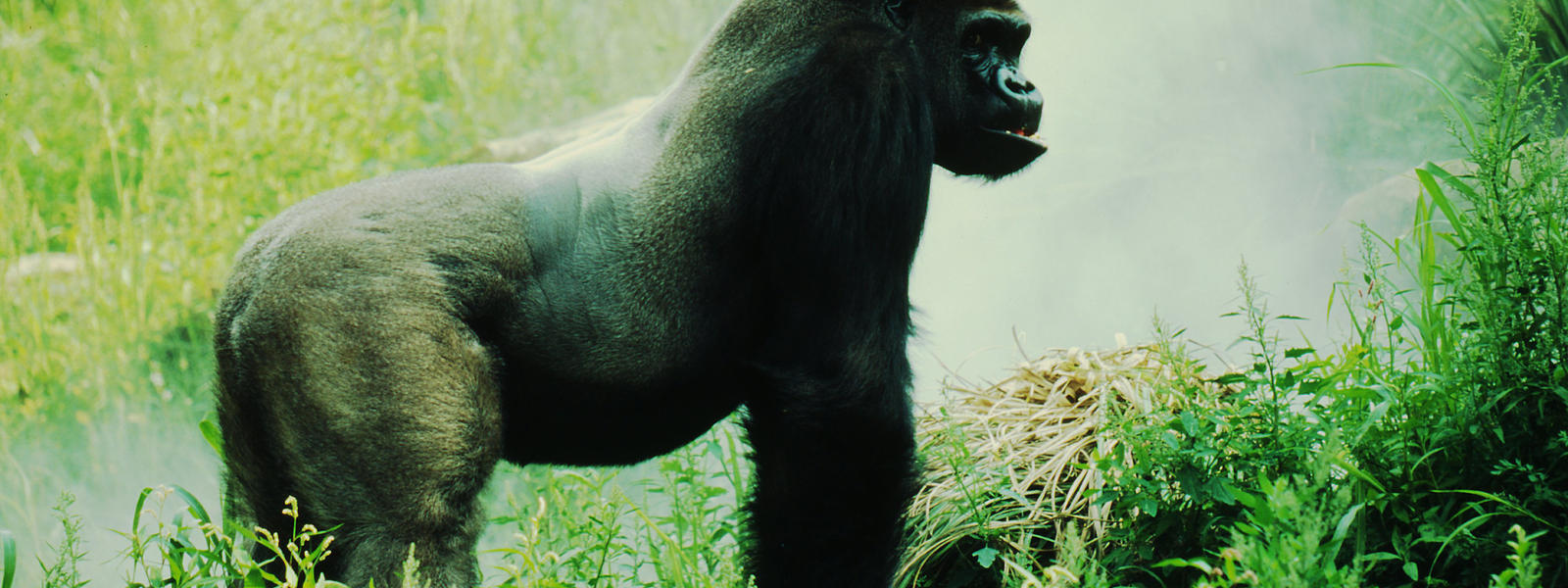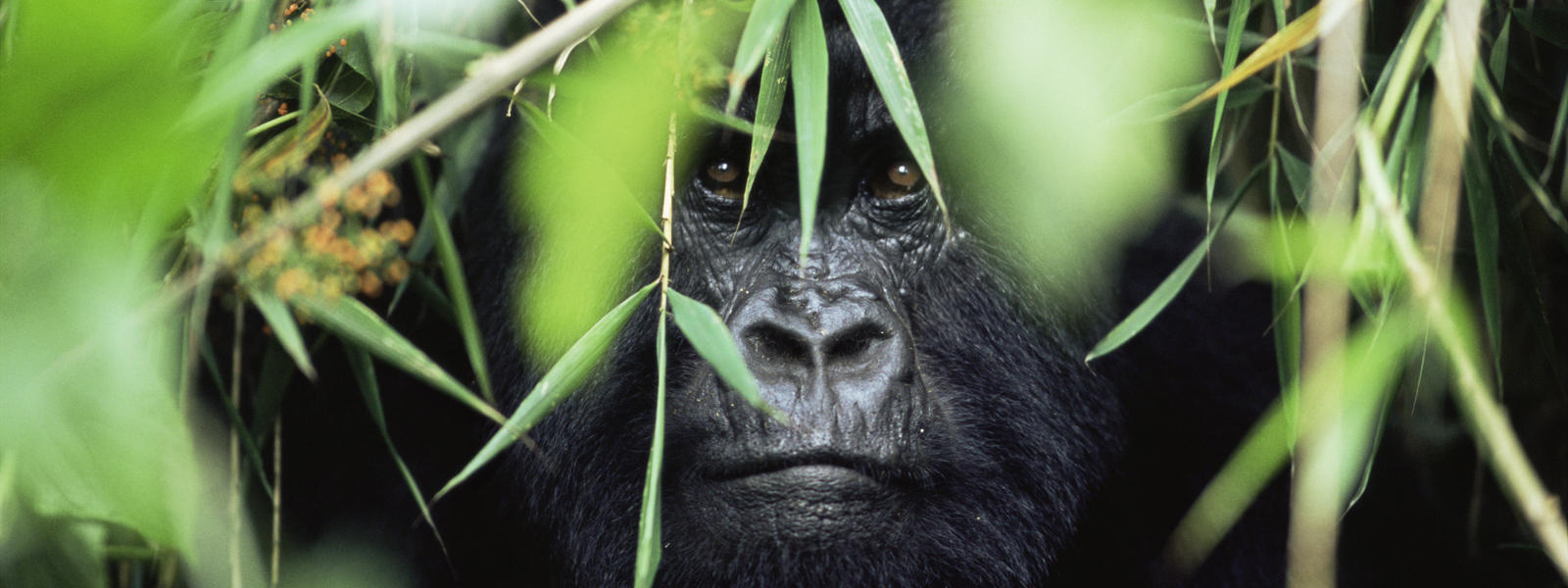Mountain Vs Lowland gorilla …
A Gorilla is the largest primate in the world. There are two species of gorilla: western and eastern, both with two subspecies. Western lowland gorilla and Cross River gorilla are subspecies of western gorilla, while eastern lowland gorilla and mountain gorilla represent subspecies of eastern gorilla. Gorillas inhabit tropical forests in the central, eastern and western parts of Africa. They search for food during the day and sleep in nests built on the ground and in the trees during the night. Thanks to accelerated habitat loss, uncontrolled killing (because of their meat and body parts), diseases and civil wars, nearly all types of gorilla are endangered or critically endangered. Slight differences, listed below, can be used for identification elaborations of Mountain Vs Lowland gorilla:
Below are the Differences of Mountain Vs Lowland gorilla …
Habitat
Eastern lowland gorillas can be found in the lowland tropical forests, while western lowland gorillas inhabit tropical forests and swamps on the lower and higher altitudes (up to 8.000 feet). Mountain gorillas usually reside on the rocky slopes of dormant volcanoes and in the cloud forests on the altitude from 7.200 to 14.100 feet.
Size
Most types of gorillas are 4 to 6 feet tall. Mountain gorilla size is in between the size of eastern lowland gorilla, that can reach around 450 pounds of weight, and western lowland gorilla, that usually weighs between 150 and 400 pounds.
Coat
Both subspecies of western gorilla have dark brown or black coat, while eastern lowland gorilla has light-colored, brownish-gray coat. Sexually mature males of both species can be recognized by silvery-white fur on the back (hence the nickname “silverback”). Fur of mountain gorillas is longer and shaggier compared with the fur of lowland gorillas which is much shorter and softer.
Communication within the Group
Western lowland gorillas live in smaller groups (of 4 to 8 members) compared with mountain and eastern lowland gorilla which are usually part of larger groups (of up to 30 members). Mountain gorillas emit strong odor from the glands under their arms when they are under stress. This type of signaling is not typical for lowland gorillas. Besides via sense of smell, gorillas also communicate via various sounds, facial expressions and body postures.
Diet
Gorillas are herbivores. Western lowland gorilla consumes leaves, vines, stems, roots and around 100 different types of fruit. Insects and small reptiles are occasionally on the menu. Diet of mountain gorilla is more strictly based on the plant material such as leaves, shoots, stems, flowers and bark from the trees.
Behavior
Western lowland gorillas are peaceful, non-aggressive animal which does not attack unless it is provoked. Fights inside the group are usually consequence of competition for dominant position in a troop and opportunity for mating with females. Mountain gorilla is shy and gentle creature, but females often form strong bonds with males in the group to ensure protection against predators and prevent infanticide.



